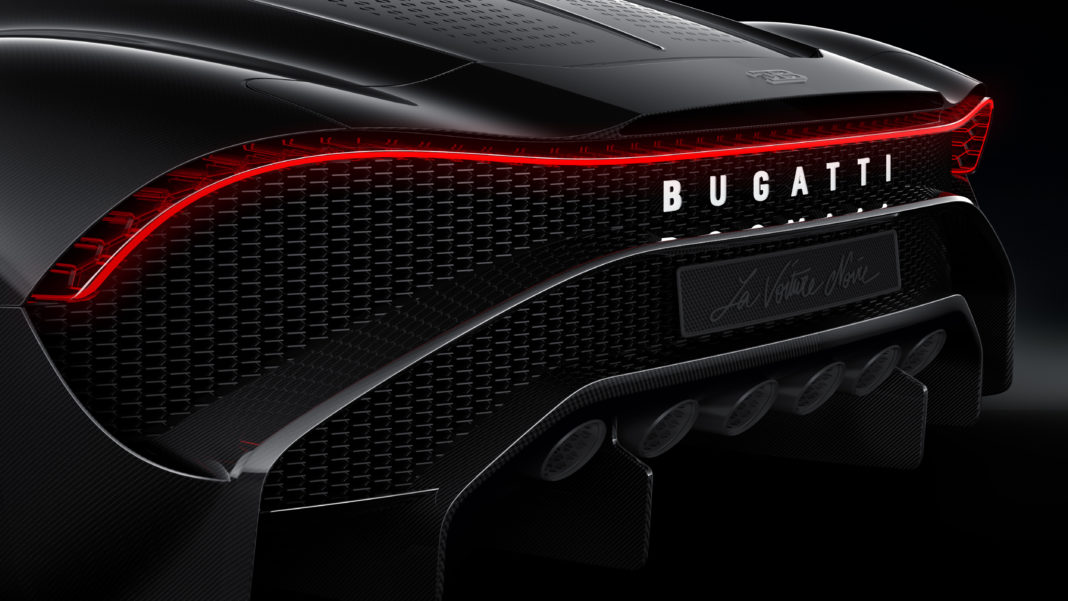Made with metal 3D printing and titanium, Bugatti said that the cover is the first 3D printed & visible part that is officially approved for use on the roads.
Cars manufacturer Bugatti has made once more a smart use of 3D Printing. The release of Chiron Sport, its latest luxurious car, reveals a range of technological innovations in the manufacturing.
“Bugatti is all about French-style luxury and exceptional vehicles, but it’s a brand that stands for innovative technology, too,” says Stephan Winkelmann, President of Bugatti. “In addition to the iconic 8.0 litre 16-cylinder engine with 1,500 PS, technical innovation is just as much part of our brand essence – such as our components made of titanium or a special alloy that are produced by 3D printing.”
This time, the automotive specialist produced tailpipe trim covers. Made with metal 3D printing and titanium, the manufacturer said that the cover is the first 3D printed & visible part that is officially approved for use on the roads.
The approximately 22-centimetre long, 48-centimetre wide and 13-centimetre high trim cover at the rear of the Chiron Pur Sport weighs just 1,85 kilograms including grille and bracket – some 1.2 kilograms less than the cover on the Chiron.
Technically speaking, four 400-watt lasers simultaneously print titanium to produce the component – the wall thickness at the thinnest point is just 0.4 millimetres. Approximately 4,200 layers of metal powder are stacked on each other and are firmly fused together.
Yet the filigree cover is still able to withstand temperatures of over 650 degrees Celsius. This is because the outer wall is double-layered for thermal insulation. In this way, the cover protects surrounding components from excessive heat dissipation under full engine load. At the same time, fresh air around the cover cools the component.
“Wherever possible we designed the trim cover for the Chiron Pur Sport with a single layer so as to further reduce weight,” says Nils Weimann, Head of Body Development at Bugatti. “The minimal material thickness in multi-layer areas is made possible by its so-called lattice structure – where the cavity is filled with numerous filigree struts. In this way, the walls provide stable support for each other during the construction process – enabling minimal use of material. We use a bionic honeycomb structure in the single-layer area to increase the surface rigidity of the walls. Even large components gain a high degree of surface stiffness,” explains Weimann.
Bugatti has been betting on 3D printing since 2018, so far, this manufacturing approach is proving remarkably successful.
Remember, you can post free of charge job opportunities in the AM Industry on 3D ADEPT Media or look for a job via our job board. Make sure to follow us on our social networks and subscribe to our weekly newsletter : Facebook, Twitter, LinkedIn & Instagram ! If you want to be featured in the next issue of our digital magazine or if you hear a story that needs to be heard, make sure to send it to contact@3dadept.com






